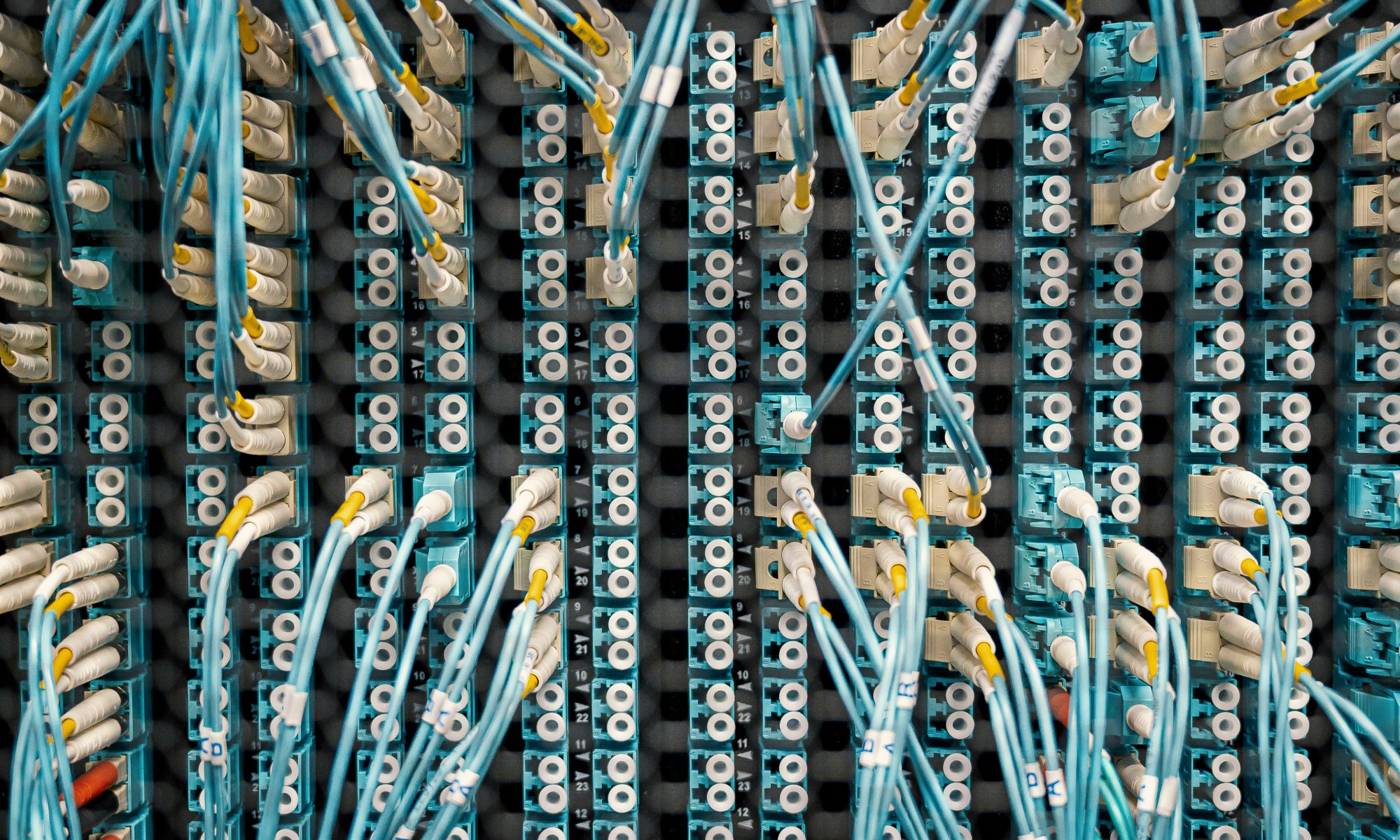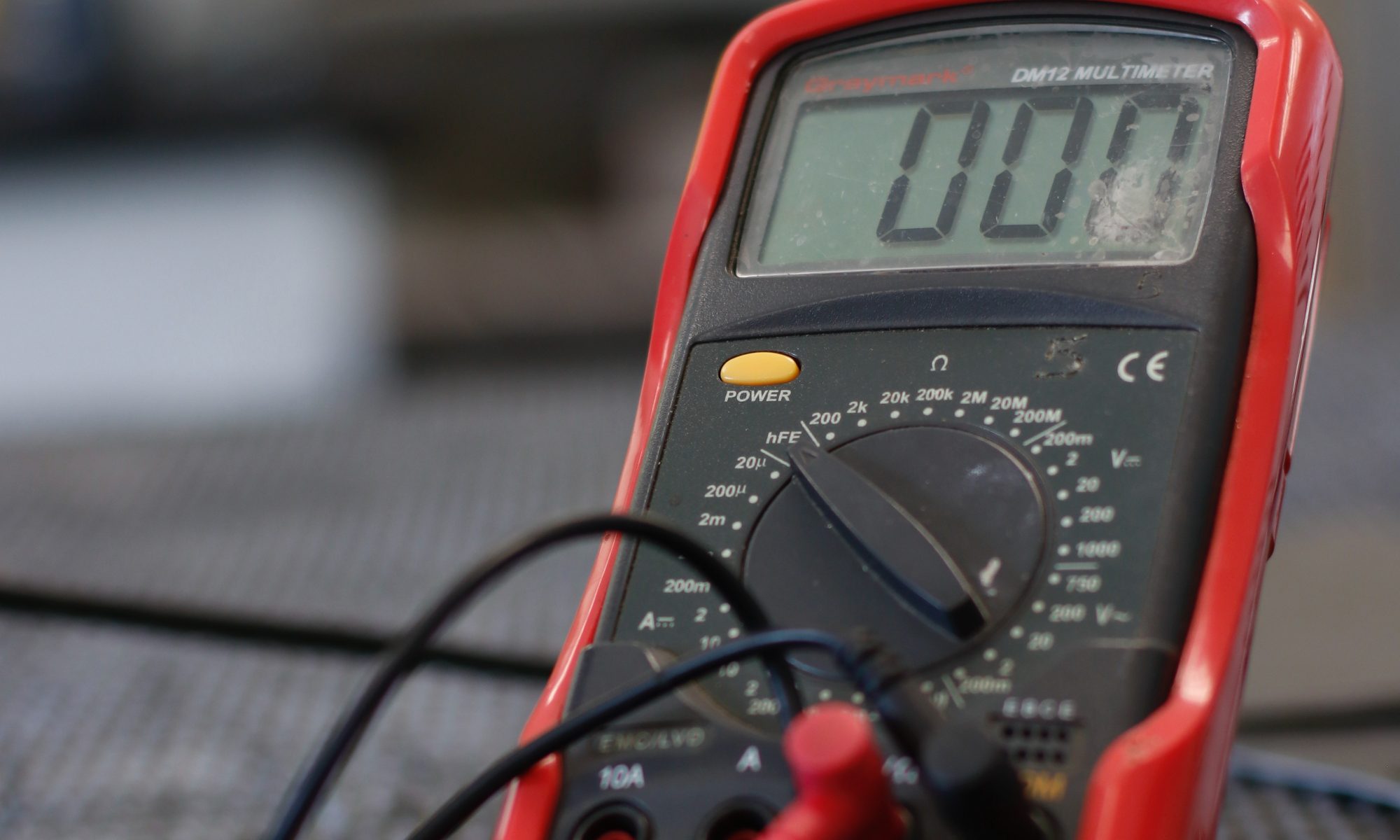Fiber optics use hair-like glass fibers to cany modulated light to transmit signals over distances. Light signal systems use simpler equipment, less energy, and are less prone to interference. The glass fiber has a clear core to carry the light and a cladding that is highly reflective, as well as a protective coating. Light beamed into the core is reflected from side to side to keep it moving down the core. An electronic signal, such as a telephone signal, is converted to a light beam by a light generator, which can be a light-emitting diode (LED) or a laser diode. The light is transmitted down the fiber through various optical connectors, jumpers, patch panels, etc., and is picked up at the receiving end by a photodetector that converts it back to an electronic signal. Long cable runs use weld-like splices. Clear optical continuity is needed for light transmission.
Insulation and Dielectric Testers
A dielectric is an insulating material, but it is an insulating material that has been manufactured with certain electrical characteristics to interact with other electrical characteristics of a component to give the component its ratings. The insulating material between the plates of a capacitor is a dielectric. It helps determine the capacitance value and must resist voltage breakdown at the rated voltage of the capacitor.









